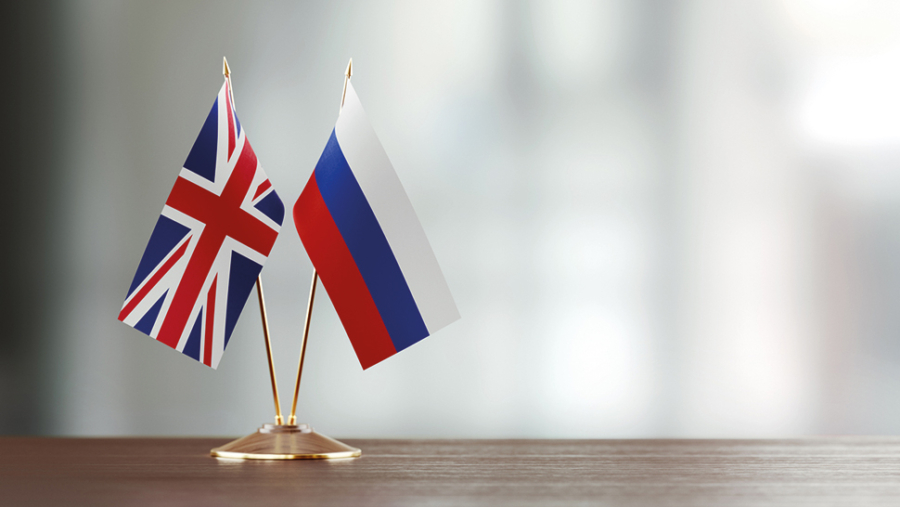

16 months have passed since Russia invaded Ukraine. Since the invasion, the UK and the West have responded to the Russian regime’s aggression by introducing financial, immigration, trade and transport sanctions targeting Russia.
These sanctions were first introduced via The Russia (Sanctions) (EU Exit) Regulations 2019 (the “Regulations”). Since then, the Regulations have been constantly updated.
The most recent updates come in the form of The Russia (Sanctions) (EU Exit) (Amendment) Regulations 2023 (the “April Amendment”) and The Russia (Sanctions) (EU Exit) (Amendment) (No. 2) Regulations 2023 (the “June Amendment”).
A breach of sanctions is a criminal offence and close attention should be paid to ensuring that the applicable rules are complied with. Moreover, the applicable rules and regulations are being near constantly updated and expanded. Hence, it would be wise for businesses and individuals who are concerned that they may be dealing in a sanctioned area to consult lawyers with experience in this field.
We recommend consulting the applicable legislation to gain a conclusive picture of the amendments made but we have provided a broad overview below.
The April Amendment
Export: The April Amendment expands on the prohibitions concerning the export, supply and delivery, and the making available to, or for use in Russia of goods (and related ancillary services) that Russia has used on the battlefield.
Included in this description is previously exempted:
- Aircraft and vehicle parts
- Radio equipment and other electronic equipment
- Biotechnology
- 3D printing machinery
Import: The April Amendment also expands on existing trade sanctions concerning goods (and ancillary services) which generate revenue for Russia.
These additions include, for example, iron and steel products, caviar, glass fibres and silver.
Existing prohibitions on importing and acquiring iron and steel goods and ancillary services from Russia now apply where goods originated in Russia but were then processed in a third country.
For example, if metal had originated in Russia but then was processed in China it would still be prohibited. However, this aspect of the April Amendment will not come into force until 30 September 2023.
Supply and delivery: The April Amendment introduces a prohibition on the supply and delivery of certain revenue generating goods, such as plywood and certain aluminium plates from Russia to third countries.
Notably, revenue generating goods which have an important humanitarian or civilian use, such as certain mineral or chemical fertilisers and fuel wood are not covered by this prohibition. There are exceptions to these prohibitions (such as humanitarian assistance activity) and licenses can be applied for.
The June Amendment
The June Amendment adds a further purpose to the Regulations which is:
“Promoting the payment of compensation by Russia for damage, loss or injury suffered by Ukraine on or after 24 February 2022 as a result of Russia’s invasion of Ukraine.”
This allows for sanctions to remain in place until Russia pays compensation to Ukraine, not simply when the hostile actions cease.
Additionally, the non-government-controlled areas of Kherson and Zaporizhzhia oblasts are included in the definition of ‘non-government controlled Ukrainian territory’. This allows for existing finance, trade and shipping sanctions (and their exceptions) to extend to these areas.
New defence
Finally, the June Amendment introduces a new defence to the offence under the Customs and Excise Management Act 1979, where a person had no reasonable cause to suspect that the goods were going to areas of the Donetsk, Luhansk, Kherson and Zaporizhzhia oblasts, which were not under the control of the Ukrainian government.
This does not mean that you can blindly export goods to Ukraine and then claim you did not realise they were going to Russian controlled parts, because this would not constitute “no reasonable cause to suspect”. To make use of this defence you would need to show either (a) you had investigated the geographical location of the recipient and concluded that it is outside Russian territory, or (b) that the location is on a fluctuating border that had only just changed to Russian control.
This article was written by Nicolas Groffman, Head of International and Sophie Philcox-Manners










